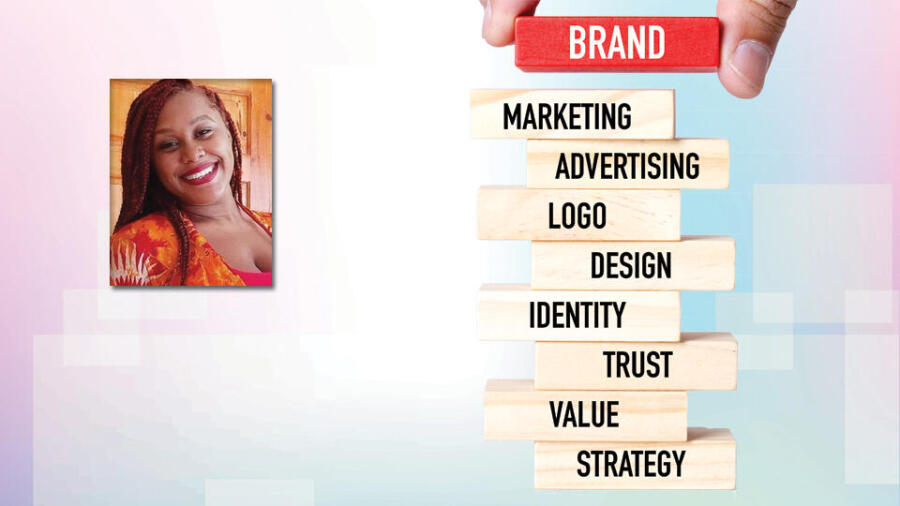Think of a brand, any brand. Got it? Now, ask yourself, what is it about this brand that is memorable? Is it humorous commercials or a catchy campaign slogan? Think of another brand, but this time think of one within the pleasure industry. Which brand came to mind?
The question then becomes: How do companies, whether in the pleasure industry or outside of it, turn themselves into a first-to-mind brand? More importantly, how can you do the same? It starts with discovering your brand archetype.
An archetype gives you a direction for growth and change by establishing guidelines, best practices, and branding strategies that you can lean into.
Positive brand recognition and association help form a genuine connection with a customer while building their trust and allowing them to gain confidence as they convert. Ultra-recognizable brands like Chanel, Apple, Nike and Coca-Cola all have a clear understanding of their brand archetype and use this understanding to meticulously build out a strategic approach that branches their archetype into every touch point.
Brand archetypes: What are they and why do you need one?
Margaret Mark and Carol Pearson introduced brand archetypes to the public in their book, “The Hero and the Outlaw: Building Extraordinary Brands Through the Power of Archetypes.” Derived from psychologist Carl Jung’s ideas about universal themes and characters that embody human drives and values, brand archetypes have become one of the keys to developing positive brand recognition and association. That’s because understanding brand archetypes and integrating them into your marketing strategy can:
- Define and guide your company.
- Increase returning customers.
- Influence which emotions you evoke for customers.
- Increase your brand awareness and recognition.
- Guide your brand’s content, voice, product decisions, and expansion opportunities.
- Develop a unique selling point through brand personality.
Let's review the different archetypes, identifying a well-known brand as an example for each:
- The “Innocent” archetype, of which Dove is a great example, creates a safe space for customers and is a humble and honest brand.
- The “Everyman” archetype is a friendly and authentic brand that focuses on belonging and support. Ikea is a popular example of this archetype.
- The “Hero” archetype, embodied by a brand like Nike, uses brave and honest messaging to evoke the ideal of mastery through hard work and determination.
- In the “Outlaw” archetype, seen in a company such as Harley Davidson, the brand is bold and rebellious, with messaging that encourages customers to believe in revolution and breaking the rules.
- The “Explorer” archetype is a daring and adventurous brand. As with Jeep, for instance, its messaging focuses on freedom and exploration.
- Crayola is an ideal “Creator/Artist” archetype example because its brand is inspirational and captivating while being centered around creativity and innovation.
- In the “Ruler” archetype, companies like Rolex — often focused on wealth, luxury and success — present as articulate, commanding and alluring to empower customers to feel in control.
- There is no better match for the “Magician” archetype than Disney. The Magician is about power, and the brand tends to encourage a love of mystery and magic in a reassuring and comforting way.
- When you look at Victoria’s Secret, the structure of the “Lover” archetype is clear. This brand archetype is soothing and passionate, with a focus on intimacy and sensuality.
- The “Caregiver,” seen in Campbell’s Soup, is centered on service and care. The brand is nurturing and warm and often leaves customers with a sense of “home.”
- Ben and Jerry’s is an excellent example of the playfulness and humor you’ll find within the “Jester” archetype. The focus here is on pleasure and the brand is consistently optimistic and light-hearted.
- The “Sage” archetype, of which Google is a classic example, is all about knowledge and understanding. The brand is guiding and assuring.
How to find your brand archetype
One of the greatest advantages of finding and settling into a brand archetype is consistency. Everything about your company, from design elements to vendor correspondence and customer care interactions, should be on brand. Consistency, especially in branding, breeds success.
So, how do you discover your brand archetype? The process starts off very simply. First, ask yourself, “Which archetype do we most identify with? Would our customers agree?” From there:
- Examine your company values and mission. Who are you today, what do you represent, and why do you do what you do?
- Be honest. Does your audience connect to your current archetype?
- Answer the question, “What do we want to do? Is our goal to provide structure, connect with others, entertain, leave a mark, or take our audience on a spiritual journey?”
- Determine your brand emotion. What emotions do you want to evoke in your audience or customers?
- Do a deep dive. Does your company embody the same archetype everywhere that you do business? Is there anyplace where customers may be unsure of who you are, what you want to say, and what you represent?
Narrowing down your options
Here’s how you can narrow down your archetype options by quickly linking your company’s mission with an archetype’s purpose.
- If you provide structure, or want to, you may be the Caregiver, the Artist or the Ruler.
- If your focus is on “the journey,” you could be the Sage, the Explorer or the Innocent.
- If your goal is connection, the Lover, the Jester and the Everyman/ Neighbor archetypes might fit best.
- If you want to leave a mark or encourage your customers to do so, then you’re probably either the Hero, the Rebel or the Magician.
Once you have a better understanding of your brand’s archetype, you can start introducing archetype-specific strategies into every element of your branding. Identifying an archetype may also help you realize that your brand is recognizable in some respects, but not in all of them.
For example, your branding may carry well through emails, but fall off at checkout or only really come through on certain pages on your website. Do your ads read the same way that your emails do? What about your packaging? How do you communicate with your investors? Your vendors? Your audience wants to know who you are, but you must “know” you first. If you’re confused about who your company is, your audience will be too. Without a clear-cut brand archetype, you’ll likely find yourself struggling to make connections, build brand loyalty and increase conversions.
Every brand needs a clear direction and, ultimately, great branding is one of the keys to success. An archetype gives you a direction for growth and change by establishing guidelines, best practices, and branding strategies that you can lean into. With effective branding, you can lay down strong roots and create stability in the otherwise rocky world of the sex and pleasure industry. Most importantly, brand archetypes can help you connect better with your customers, which can increase customer loyalty and, by extension, your company’s growth.
Shaneika Jeffrey is a content writer working on the creative team at Simpli Pleasures.








